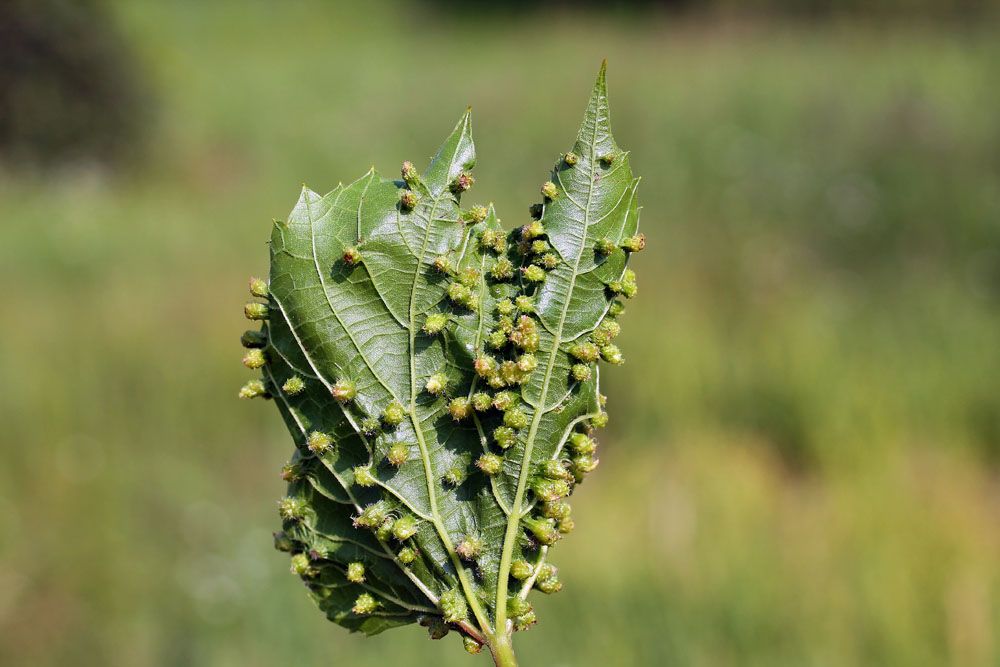
Grape Phylloxera – Daktulosphaira vitifoliae
Grape Phylloxera (Daktulosphaira vitifoliae)
Latin Name: Daktulosphaira vitifoliae
Common Name: Grape Phylloxera
Appearance:
- Adult Phylloxera is 1 mm in length. In the summer, they are yellow, and in the winter, they turn brown.
- Crawlers or nymphs are immature phylloxera that has a similar form to adults.
- The eggs are yellow and measure less than 0.3 mm in length.
Hosts plants:
Roots of the European grapevine (Vitis vinifera) and The American grapevine (Vitis riparia) are the host plants of Grape Phylloxera.
Territory: Grape phylloxera (Daktulosphaira vitifoliae) found in North America, New South Wales, Australia, and Victoria.
Damage caused by Grape Phylloxera:
Phylloxera is a fungus that can kill grapevines, and the only method to get rid of it is to replant with resistant rootstocks. The disease feeds on grapevine roots by puncturing the root surface, causing galls and swellings. Swelling of the root tissue and eventual deterioration due to secondary fungal or bacterial infections can occur on bigger roots. The grapevine declines and finally dies due to root damage and the loss of feeder roots.
Description about Sap Suckers:
Sapsuckers are a kind of woodpecker (Sphyrapicus spp.). Three sapsuckers live in the Pacific Northwest. Sapsucker damage is simple to spot. The holes are drilled (pecked) in horizontal and vertical rows and approximately 25 inches in diameter. The presence of sapsucker damage does not always imply that the tree is infested with insects. Sapsuckers, unlike other woodpeckers, dig for tree sap rather than insects residing in the tree. Sapsuckers eat both hardwood and coniferous trees. They like birch trees with thin bark for foraging. Sapsucker damage is less likely to affect older conifers with thick, ridged bark. The tree will recover if the harm is confined and modest.
Life History and Habits:
- Asexual reproduction is possible for Phylloxera. An adult female may produce up to 200 eggs every year without mating.
- In the spring and summer, phylloxera crawlers emerge from eggs placed on the roots of grapevines. Crawlers can either stay in the root system or ascend the vine into the leaf canopy, where they will go through four phases of development.
- The months of January and February are when the population is at its highest. Phylloxera survives the winter as eggs, crawlers, or galls on the nodules or roots of grapevines.
